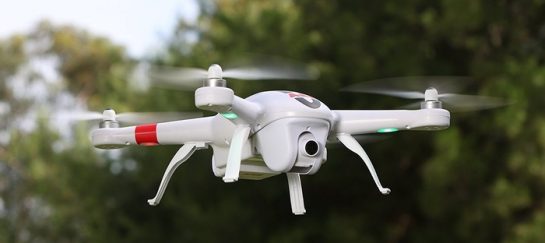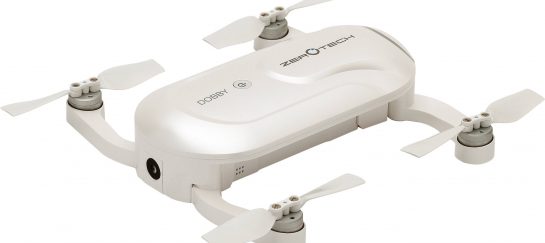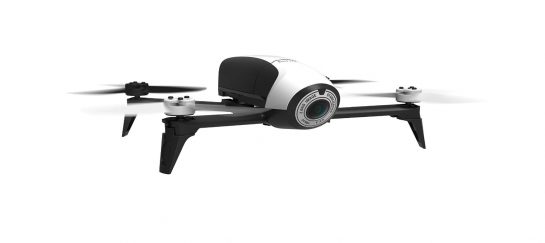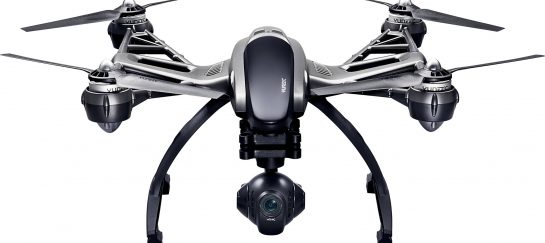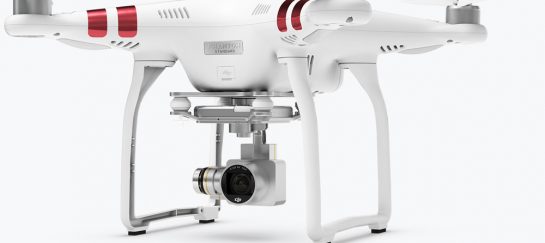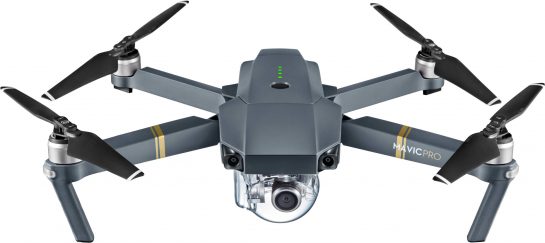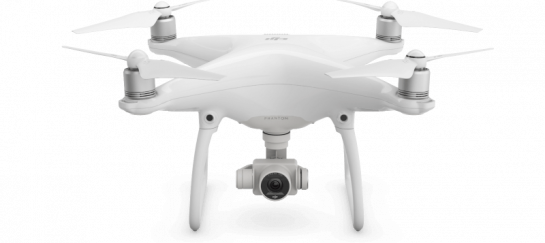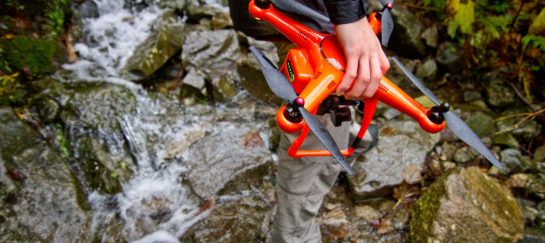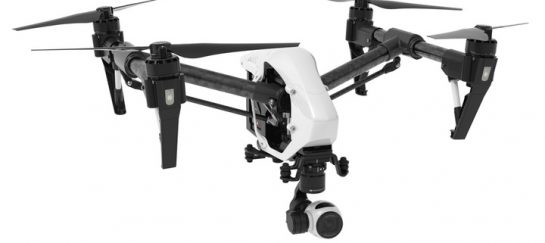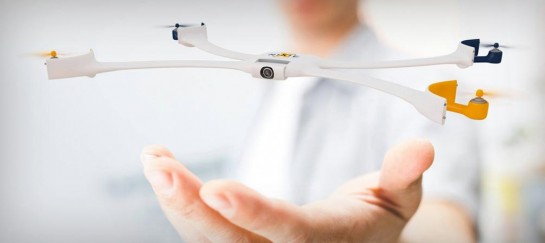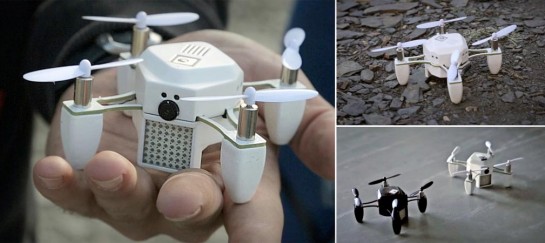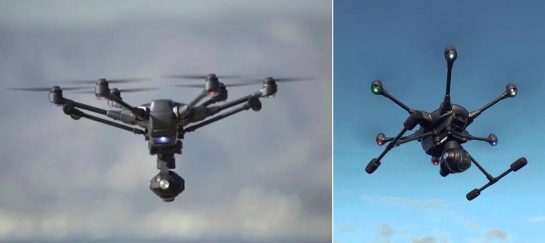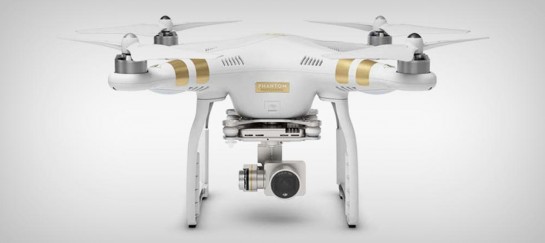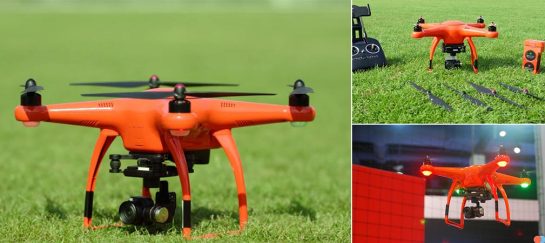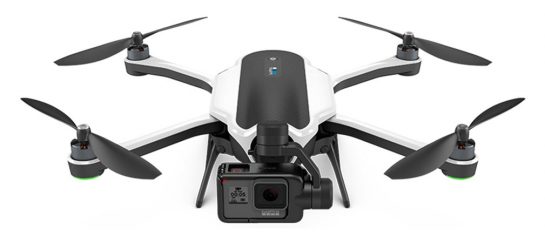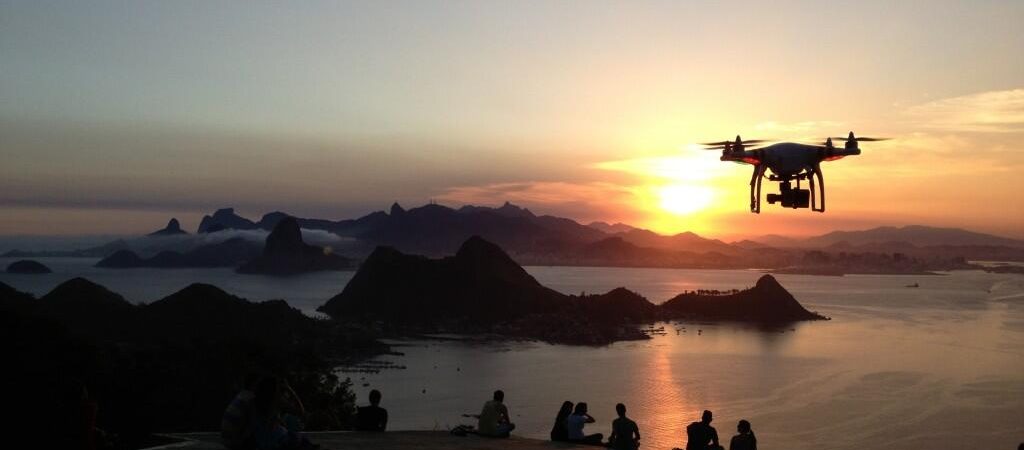
Drones For Photography: Introductory Guide
Let’s zone in on drones and take you on an in depth look at drones for photography. Originally developed for reconnaissance processes, drones were almost exclusively for military use and hidden from civilian eyes. As the costs on drones decreased, they became more accessible for civilian production and affordable drones became available for hobby use as well as professional within photography and film. Drones are now the new wave of technology that is taking photography and videography to new heights. Drones for photography are the next must have addition for many aspiring professional photographers and an essential piece of equipment for the pros.
If you’ve ever wondered how to transform your photos from amateur shots to professional pics, using a drone to help capture a moment is something worth considering investing in; it may offer you the ability to take higher caliber photos and thus provide a dynamic addition to your portfolio that you’ve been missing. Since you probably aren’t sure where to start when looking for a drone for photography we’ll introduce you to what you should be looking for before buying, outline some essentials and additional features available and follow it up with some of the most popular drones for photography on the market today. We’ve also tossed in some important tips you’ll need to remember before using your drone 🙂
Drones For Photography Explained
Let’s start with the basics and define a drone (or quadcopter), as an unmanned aerial system. The FAA definition of a UAS states,
”An unmanned aircraft system (UAS), sometimes called a drone, is an aircraft without a human pilot onboard – instead, the UAS is controlled from an operator on the ground.”
There’s not many of us who didn’t like playing with remote control toys when we were little which is precisely why I’m sure if you were given the chance as an adult to pilot a UAS such as a drone, there would be no hesitation in trying it out. I’m pretty sure we’re all fascinated with flying toys, maybe even more so than in our childhood days, but ok, let’s get serious now and before we get you too excited about drones, we’d like to mention one important thing.There are certain rules and regulations that must be abided by if flying a drone; check out these important laws which outline, where, when and who can fly a UAS.
The Federal Aviation Administration has required registration for all UAS from 0.55lbs to 55lbs. You can check here for the registration process, including how to obtain a UAS pilot license.We would highly suggest that if you plan to pilot a drone for photography, you take the pilot course!!
What to Look For in your UAS/UAV
#1 Consideration to make when deciding on a UAV is budget!
Once you’ve set your budget on your drone for photography, we suggest making a wish list of all the things you are looking for in your drone. See below for our section on essentials and added features!
#2 Consideration should be the type of camera on the drone
Will an on board camera suit your purposes or are you wanting to buy a drone for photography which has an attached gimbal that can carry a GoPro or DSLR camera?
#3 Consideration is battery power
Since most drones for photography have a battery life of between 25-35 min and sometimes take up to an hour to charge, you’re going to want to find a drone that will hold its charge the longest while in action.
*Tip: Buy an extra battery; on average they can cost around $100-$150.
Drones for Photography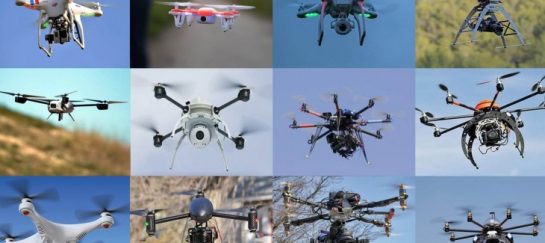
Essentials
- Camera mounts: great for being able to attach a DSRL or GoPro
- Real time video capability: This live feed can be viewed either on the drone controller or through a smartphone app, depending on which drone you have. Why is having a live feed so important? There’s plenty of benefits to having this feature, one of the most important Is that you’ll be able to exactly what the drone does in realtime which means that you’ll be able to more easily get the best shot in less time!
Safety Features
- Built in GPS
- Automatic return to home: Battery too low, no problem or what about an interruption in control signal, not to worry; your drone will return back to home automatically.
*Note on Safety: In the United States, there are strict FAA guidelines on piloting a UAV; failure to abide by all rules and regulations could result in fines and even jail time. For a list of no fly zones take a look here. Also remember, never to fly your drone above 400ft!
Additional Features & Specs
- Smart mode: you can set a desired flight path and preselect movements. This makes taking great shots easy and gives you the ability to try for the exact same shot in varied lighting
- Camera stabilizing features: ensures your photos will come out clear and smooth regardless of wind or movement from the camera
- Obstacle detection and avoidance
- Video capabilities such as Cinema dng
- Automatic takeoff and landing
- Subject recognition and tracking
- Raw and jpeg still capture
- Live view: FPV gear
- Interchangeable Cameras
- High speed sport mode
- Retractable landing gear
- 360 degree camera rotation
- Duel operator control
- Detailed flight logs
Camera Types
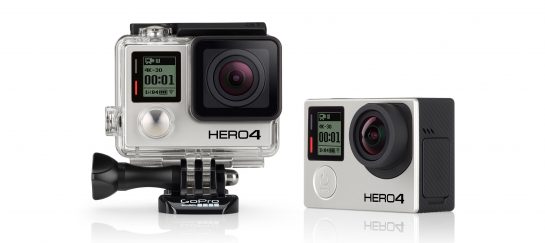
Shop around for a drone that will have an intelligent integrated camera. If you are purchasing a drone with an onboard camera, make sure it has the ability to allow you to adjust settings such as resolution, exposure, white balance and frame rate.
Take a look below at some of the things you’ll want to pay attention to when looking at the cameras and lenses of drones for photography.
Resolution
- 480P (Seen on the lower end models, full resolution 640×480, not for recording video)
- 720P (Good for live streaming, not as demanding as FHD)
- 1080P (Most popular for video image resolution, can be seen on medium end models, great quality)
- 4K (Provides best image and video quality)
Lenses
The average size of the lens on your drone for photography will range anywhere from between 16-24 mm. Cameras on drones often don’t have a very wide lens which is why some people look for a drone that you can mount on a GoPro for capturing those wide shots.
Other points to note:
- Frame rate can range anywhere from 24fps to 240fps
- Drones for photography often have a fixed aperture of f/2.8 meaning that they are quite light sensitive.
- It’s best to use a fixed white balance setting if using the built in camera on the drone.
* If you’re interested in purchasing a GoPro to mount onto your drone, check out the GoPro Hero4; it’s receiving incredible praise right now!
Photography Drones
There are plenty of drones for photography on the market today and it’s not easy to find the best one for you however, if you remember to look at the 3 considerations for selecting a drone for photography; budget, type of camera, and battery power, you’ll be able to narrow down your search more easily.
We’ve included a sample list of many of the most popular and best selling drone for photography on the market today, those from novice to professional use.
Beginner & Novice Use
These drones for photography are generally compact and thus won’t have the added features such as stabilization or a high end camera. Although most often not for professional grade photos or videos, these drones for photography are great for personal and hobby use.
AEE Technology AP10 Pro GPS Drone Quadcopter
Intermediate & Practiced Use
Great for more professional photography jobs where aerial imaging is paramount. This classification of drones for photography have the ability to carry a GoPro or similar camera that are usually mounted with 2 or 3 axis gimbals.
YUNEEC Q500 4K Typhoon Quadcopter with CGO3 Camera
Wingsland Scarlet Minivet Quadcopter
Expert & Professional Use
Drones for photography that are focused on professional use will come with many added features and have the ability to carry heavier loads like DSLR and compact cameras that are used for video production.
Remember these few things
…and you’ll be on your way to maximizing the use of your drone for photography so that you’ll get the best results possible.
Before Purchase
- Ask yourself the purpose you plan to use your drone for; video, photos or both, and remember to keep your budget in mind
- Consider which features you find essential and can’t go without
- Does your drone for photography need to have a camera mount?
- Remember to look at the battery power on the drone
- Obtain a UAS pilot certificate
- Register your drone
Bringing your drone home
- Before unboxing, read the entire instruction manual
- Collaborate your settings; take a look here to find out how
- Spend some hours piloting your drone to increase awareness of the UAS
*Don’t forget that with any drone for photography, editing your photos and videos is a very important step to producing professional material; be patient with the process as it will take some practice to learn how to properly edit your photos and videos.
Here are some great programs that you can use to edit your material:
Enjoy playing around with your photography drone!
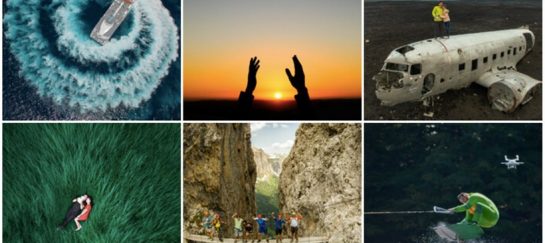
Daily Newsletter
Subscribe to Jebiga for a dose of the best in gear, design, rides, tech and adventure.

